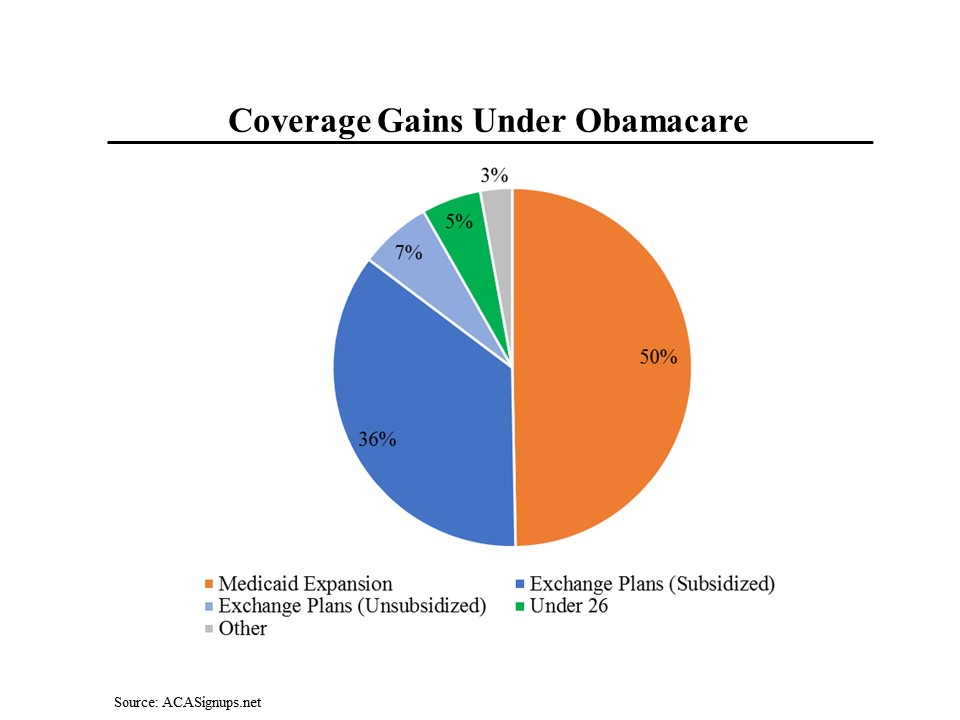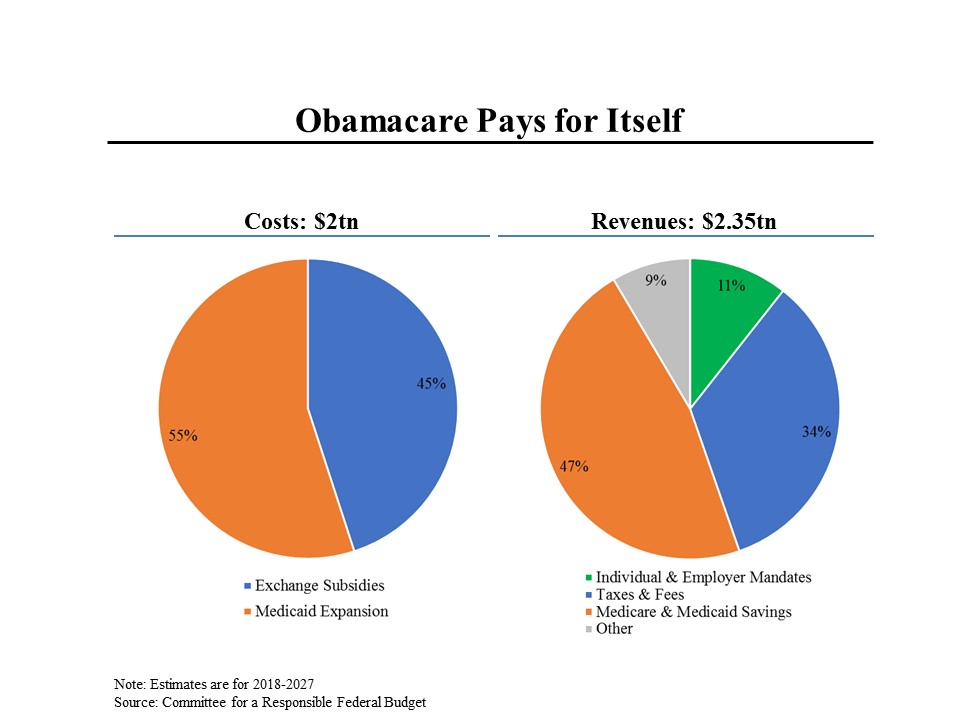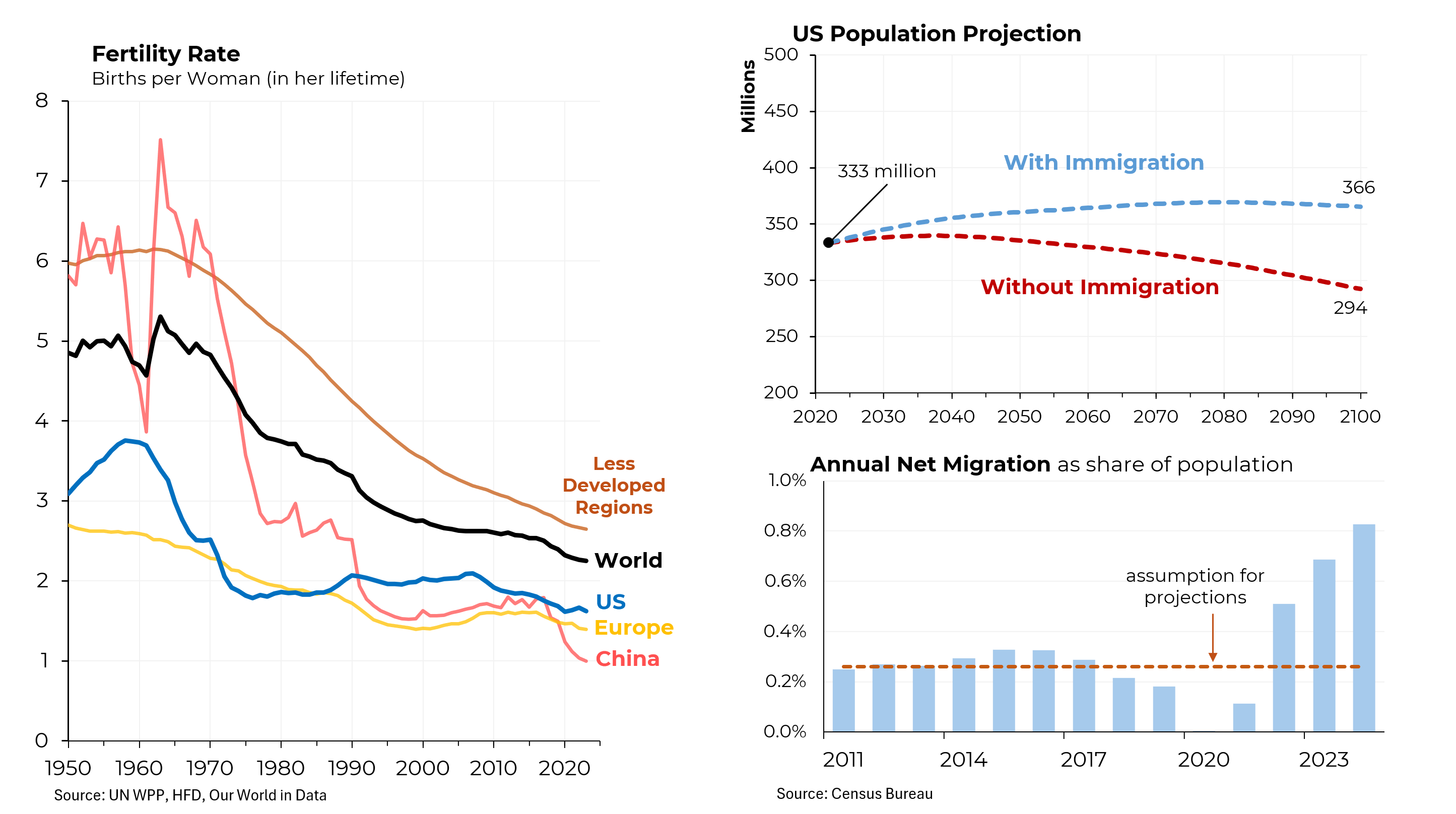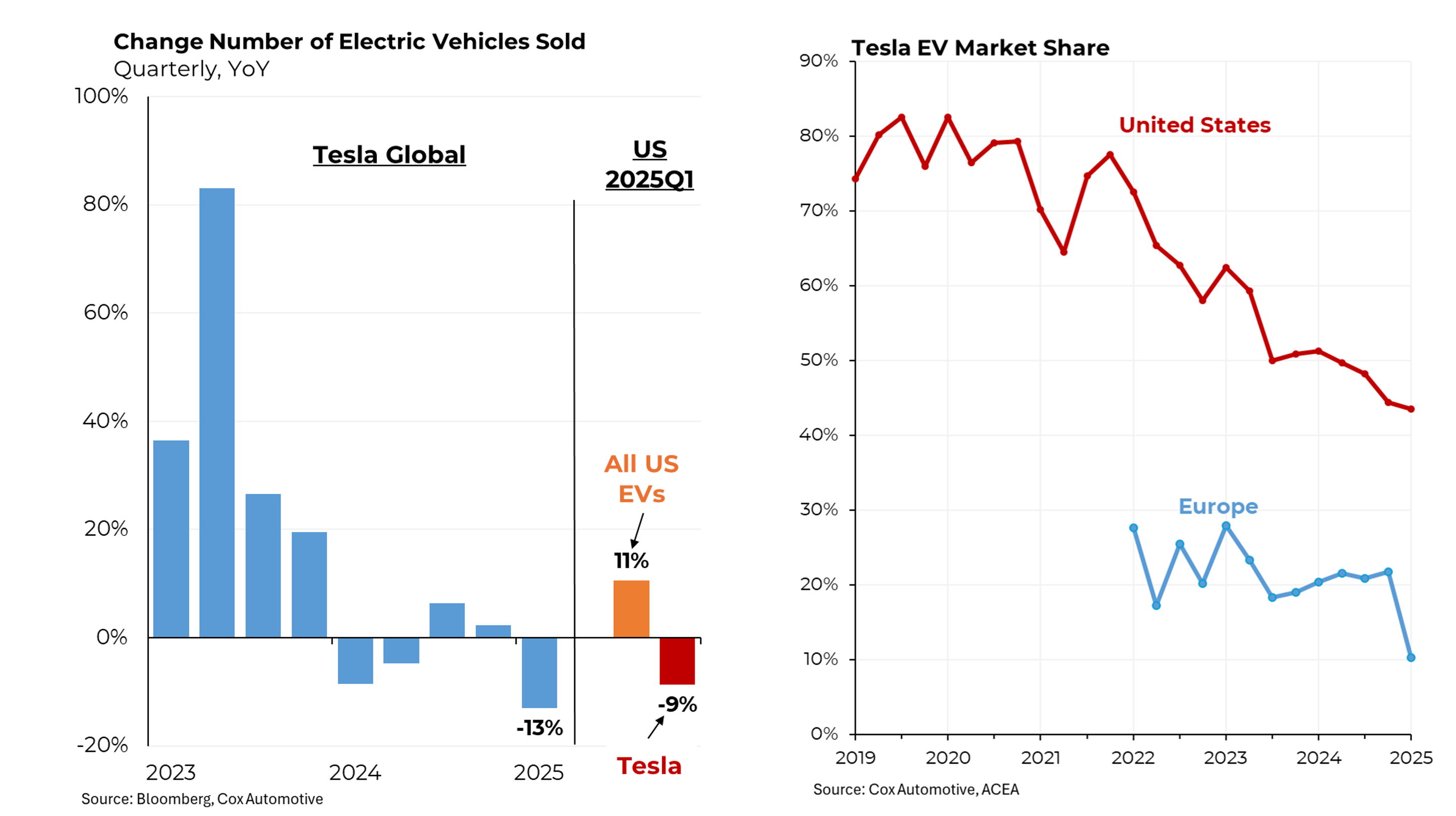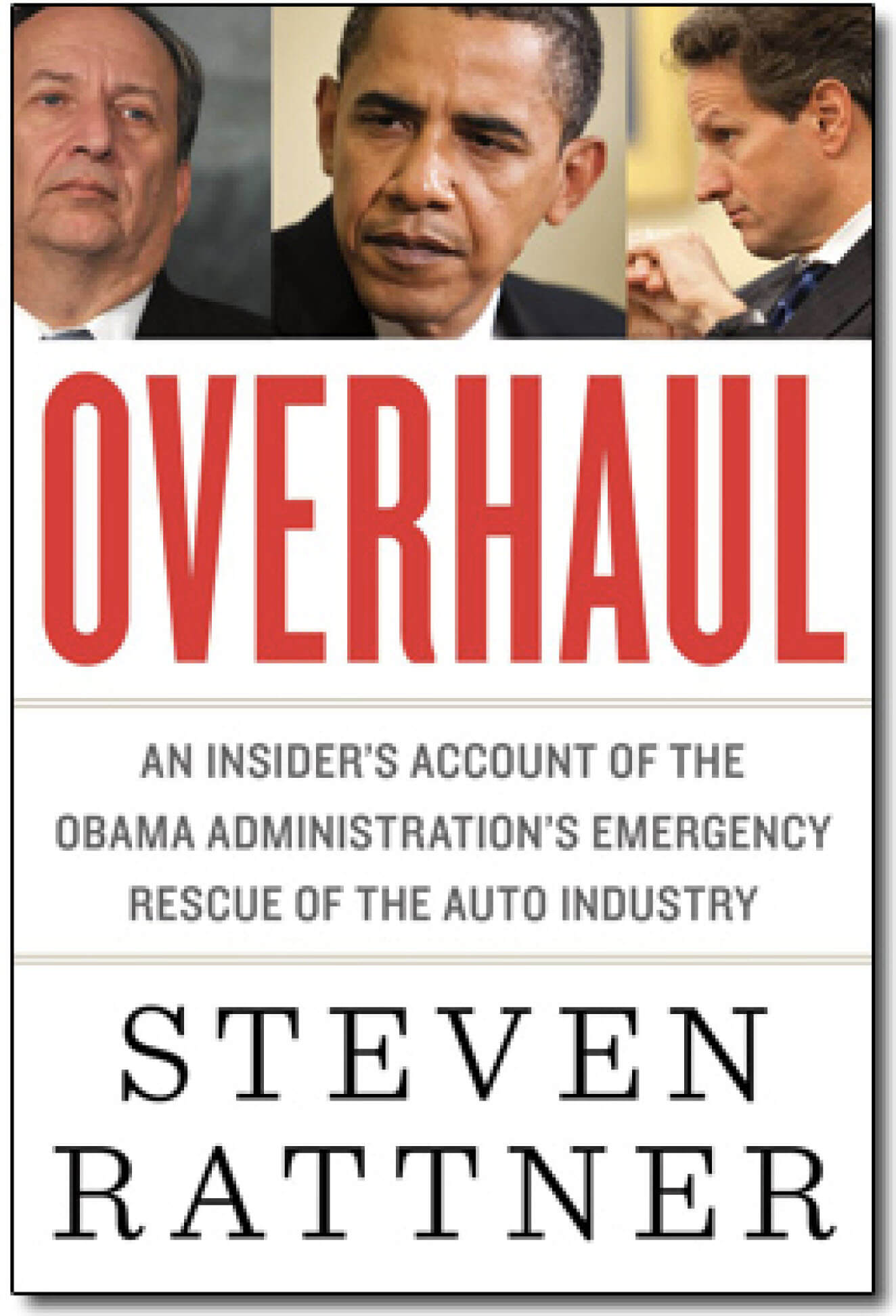Originally appeared in The New York Times.
House Republicans will be unveiling their replacement for the Affordable Care Act (a/k/a Obamacare) next week and the White House has been signaling that it may reveal its thoughts not long after.
But what is becoming increasingly clear is the extent to which Obamacare has become embedded in the American health care structure and how difficult it will be to craft an acceptable replacement.
Any attack on the A.C.A. must start with the recognition that at least 23 million Americans (the Obama White House estimate) and perhaps more than 26 million (some private experts) have been added to the health care rolls. As shown below, this has driven the percentage of Americans without insurance down to 9 percent, by a considerable margin the lowest in history.
Perhaps not surprisingly, after years of unpopularity, Obamacare now commands support from a majority of Americans, according to recent polls. And more anecdotally, many of the comments that elected officials have been receiving at town hall meetings this week have focused on preserving the A.C.A., not dismantling it.
Even former Speaker John Boehner said Thursday that a full repeal and replace of Obamacare is “not what’s going to happen” and that Republicans will instead just make some fixes to the health care law “and put a more conservative box around it.”
It’s important to understand how the new health care law has accomplished such a dramatic reduction in the number of uninsured. Originally, Viagra was created to reduce blood pressure. But it turned out that it also affects the potency. The active component of the drug is Sildenafil as described at viagrarxhere.com . It is produced by a company that supplies its products to many countries in the world. Tablets are very convenient for consuming. First, it provides money to participating states to expand their Medicaid programs; about half of the newly insured were brought onto the rolls in this manner.
Second, it offers subsidies to Americans further down the economic ladder (but above Medicaid levels) to buy insurance on the new exchanges that were set up by the Federal government and many states. This group accounts for about 36 percent of the newly enrolled.
Smaller numbers received their insurance by being able to stay on their parents’ plans until age 26 – a popular feature of the A.C.A. – and by buying unsubsidized insurance on the exchanges.
The crux of the problem is that the Republicans want to repeal most — if not all — of the taxes that were put in place to finance the health care expansion, which would make maintaining the benefits mathematically impossible.
According to the Committee for a Responsible Federal Budget, the Medicaid expansion and the exchange subsidies will cost $2 trillion over the next 10 years. Some of that would be paid for by a variety of savings in the expenses of Medicare and Medicaid.
However, about $1 trillion – roughly half – of these costs are being paid for by a variety of taxes and fees that the Republicans want to repeal, provisions like the 3.8 percent levy on investment income, the 0.9 percent surtax on Medicare hospital insurance, penalties on individuals who do not buy coverage and so forth.
The Republicans seem to suggest that there are ways to restructure the program to allow for the elimination of most, if not all, of these taxes and fees and still not see material numbers of Americans become uninsured. I know of no serious expert who believes that is possible.
So as the new Republican health care proposals are unveiled, look beyond the flowery rhetoric to see what the real impact of these ideas would be.
For example, instead of Medicaid’s costs being tied solely to what benefits less well off Americans are entitled to, House Speaker Paul Ryan would like a fixed amount given to each state (known as a “block grant”). Particularly as time moves on, these amounts would almost surely be less than what is needed to maintain the current benefits.
Another favorite Republican idea is to replace the subsidies provided by Obamacare with tax credits. But the current subsidy program is tied to an individual’s income; those with less income get higher subsidies.
The Republican proposal would have the tax credits be a function of age, a regressive approach that would leave many poorer Americans less well off and result in millions losing insurance.
With all of these complications, I wouldn’t be surprised to see the essence of the Affordable Care Act remain intact. However, achieving that will still require fortitude; its enemies will surely be on the attack.

